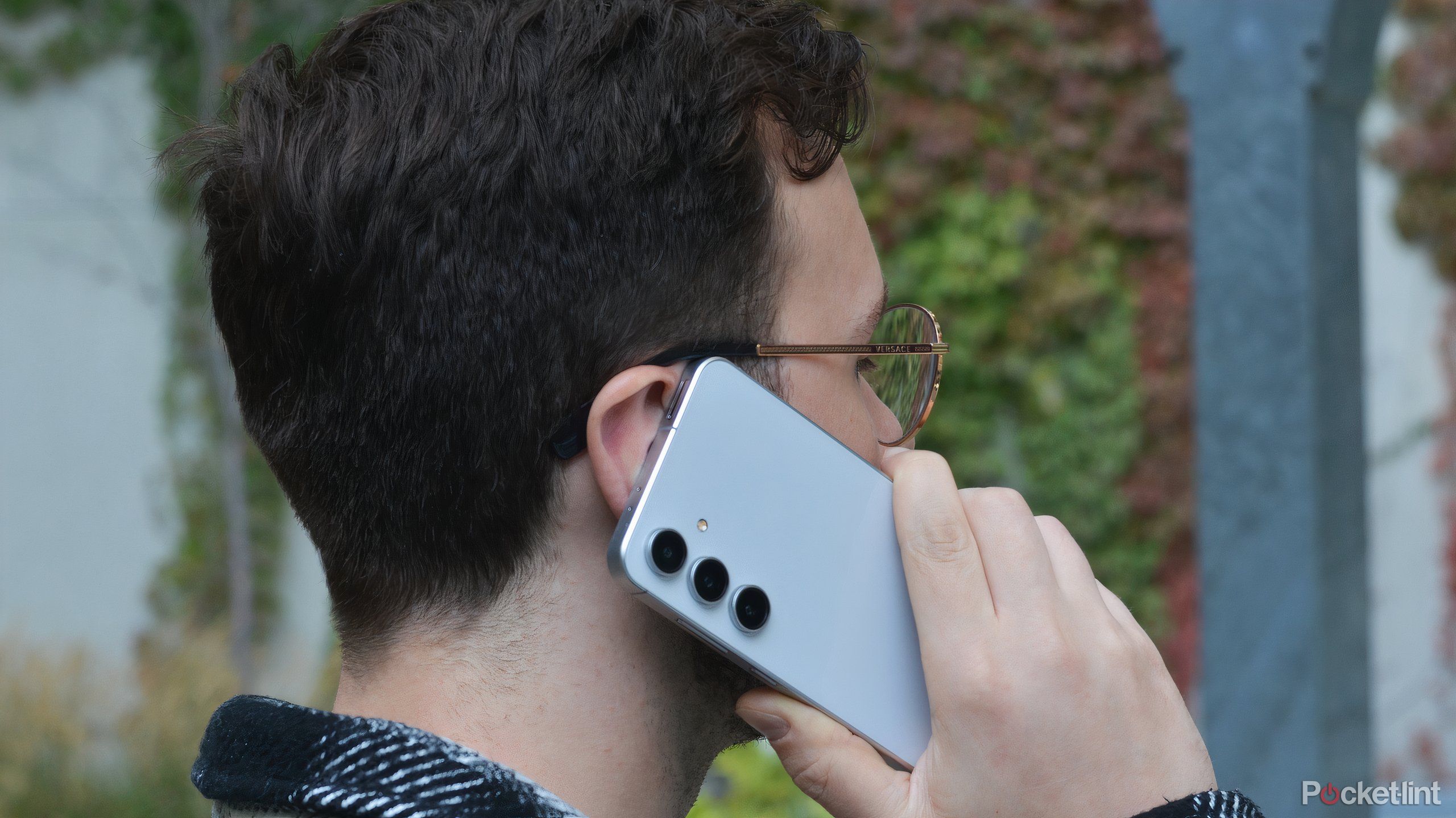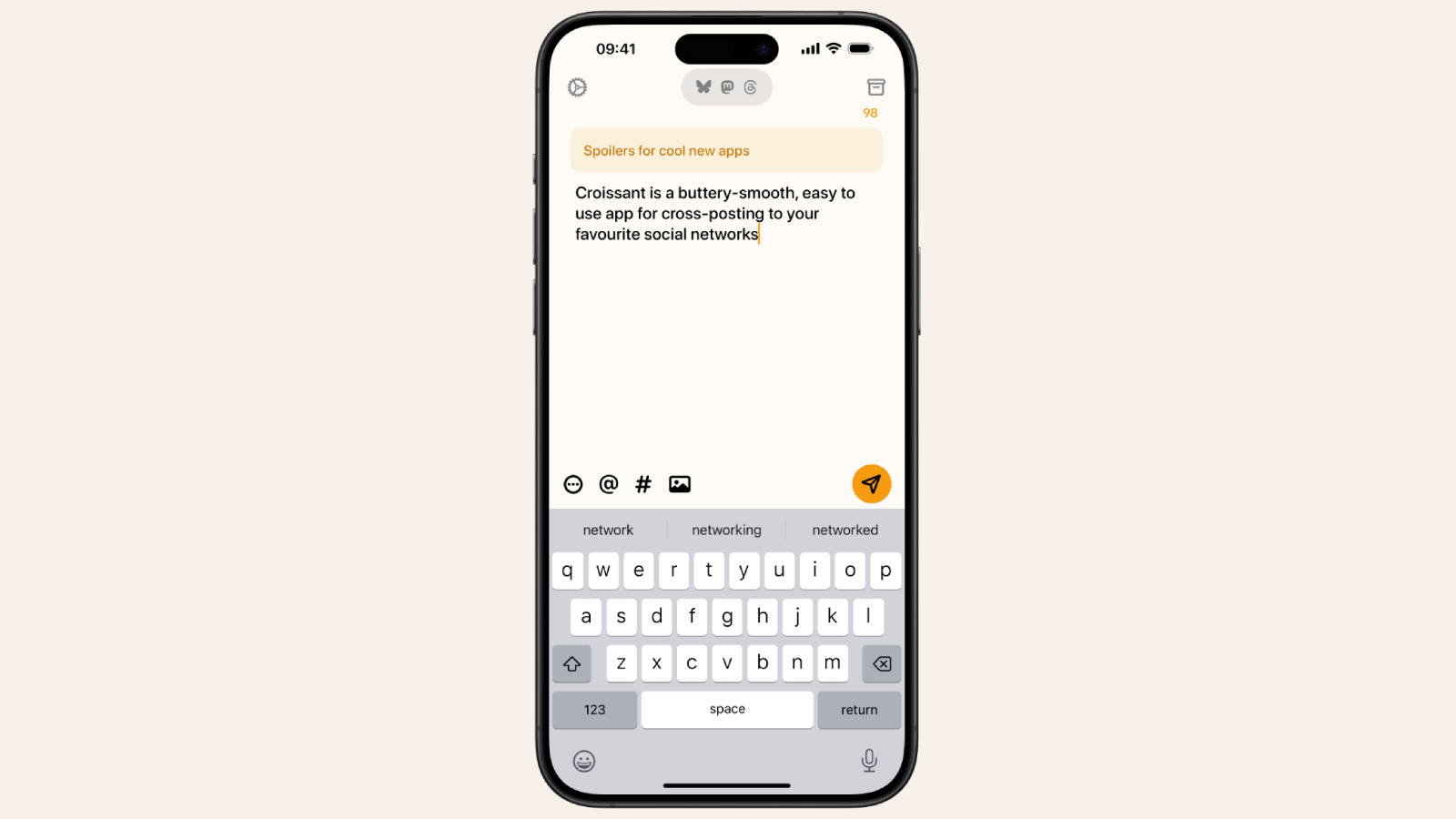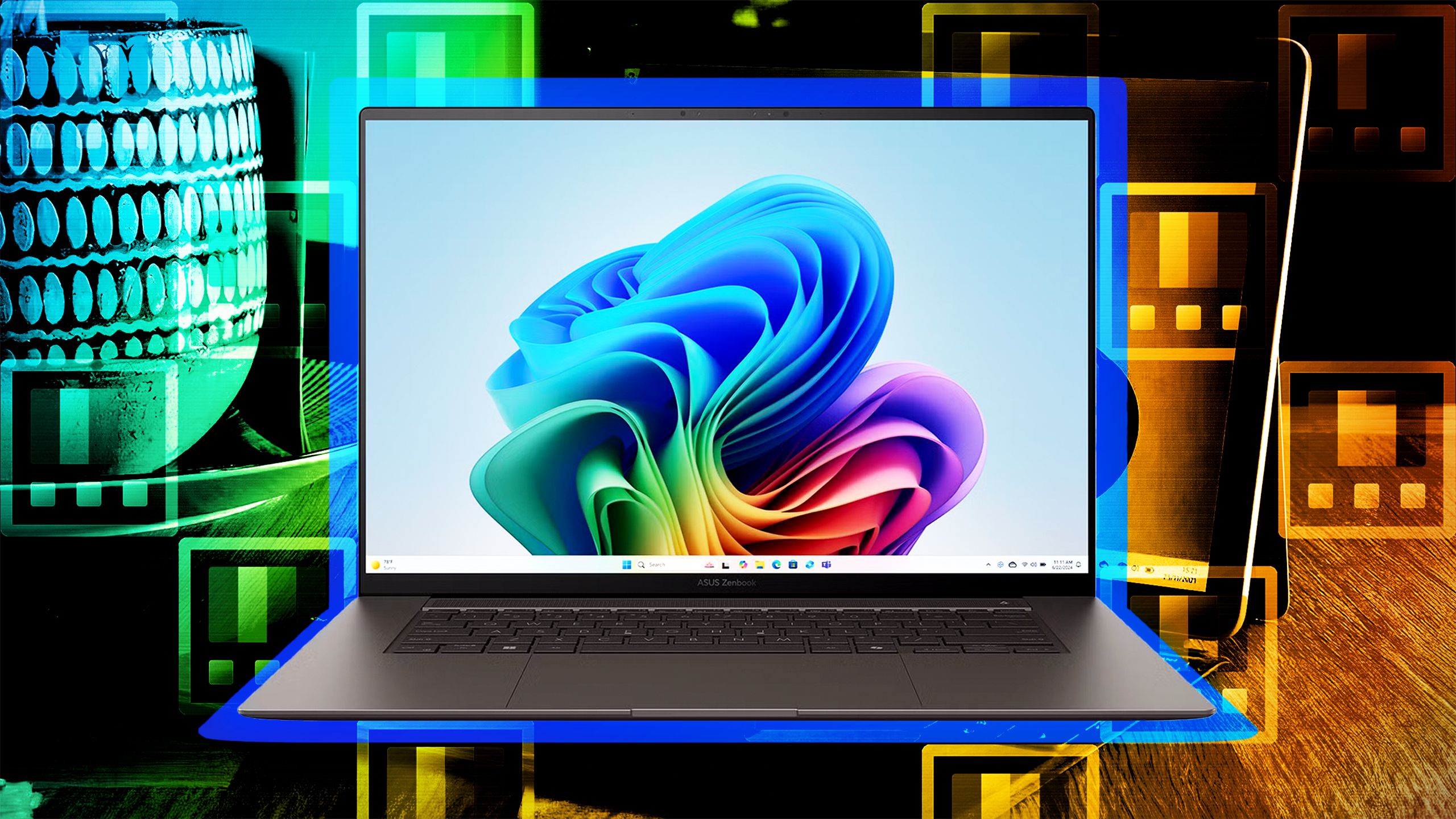Explained: Tech behind Samsung’s new SolarCell Remote, how it will be a part of our lives
Samsung announced a whole bunch of TVs at CES 2022. The list includes a Micro LED TV, a new Neo QLED TV and three new lifestyle TVs – The Frame, The Sero and The Serif. In addition to this, the Korean electronic company also introduced a new remote for controlling these TVs. The newly introduced remote dubbed as the ‘SolarCell Remote’ is a successor to the company’s Eco Remote that was introduced last year at CES 2021.
While Samsung’s Eco Remote is capable of using light – either from the sun or light sources indoors – for charging its battery, this year’s SolarCell Remote goes a step further. It is not only capable of charging its battery from the ambient light indoors and outdoors but it is also capable of doing so using the radio-frequency sources around us such as the Wi-Fi, which functions on a high-frequency of 2.4GHz. Of course, this remote cannot soak up energy from a radio frequency source from afar. It needs to be within a reasonable distance of 40 meters to do so. If not, it uses ambient light to juice up its resources.
While all of this sounds like a page from a science-fiction novel, the kind of things that scientists hope to achieve one day, in reality it isn’t. Backing Samsung’s new SolarCell Remote is a technique called ‘RF Harvesting’, which is making this remote charge up in unexpected ways.
What is RF Harvesting and how does it work?
RF Harvesting or radio frequency is an energy conversion technique that is used for converting energy from radio waves into electrical energy. Radio spectrum is a part of the electromagnetic wave spectrum with frequency ranging between 3Hz and 300GHz, which is the radio frequency. For reference, most Wi-Fi routers that we use in our homes function between 2.4GHz to 6GHz.
RF harvesting, which is also known as RF power scavenging, uses the radio frequency sources in our homes such as Wi-Fi routers, TVs, phones and radio for converting the energy that they are constantly emitting into electrical energy, which is used for powering all electronic devices. Conceptually, it is similar to how sunlight or ambient light is used for powering devices.
How the entire system works is fairly simple. RF waves are present in our environment for free. So, a device with RF harvesting system – such as Samsung’s SolarCell Remote – will have an antenna to capture the RF waves, which will then be converted into DC power, which is used by electronic devices. In addition to this, the system also includes a storage, which stores the energy for the times when the external energy source isn’t available. It’s somewhat similar to how a Bluetooth speaker stores power for the times when you cannot use it by plugging it in a charging point.
What are the benefits of using this technique and how will it be a part of our lives?
Now, an obvious question that arises here is what are the benefits of using this technique and how will it be a part of our lives going forward? The answer to that question is pretty straight-forward and easy to understand. E-waste or electronic waste is a raging global issue right now. Millions of disposable batteries end up in landfills every year. They not only pollute our land, rendering it useless – at least as far as farming is concerned – but the chemicals from these batteries also pollute the water sources under the soil.
Amid such circumstances, using devices with RF harvesting functionality can help in reducing the electronic waste generated globally by leaps and bounds. All of this will ultimately be beneficial for our environment.
But there is more to it than that. Using devices with RF harvesting technique will also help in reducing our overall energy consumption. Radio waves are almost everywhere and more importantly they are free of cost, unlike the conventional energy that we get in our homes, which we have to pay for. So, devices that would use radio waves for juicing up their batteries will essentially be charging themselves for free and almost all the time an RF source is available.
Additionally, utilising this technique will also lead to more efficient product design as a device using RF harvesting technique would not need a separate port for charging or as a power source. Moreover, it will also protect the devices from a moisture source.
Theoretically, this technique can be used anywhere batteries are being used. Samsung’s SolarCell Remote is one of many use-cases for the same. It can also be used in power banks and even in AIoT devices for extending the battery life and making the network power efficient.
That said, this technique is still in the developmental phase and work needs to be done to integrate it among the existing lineup of devices.
The post Explained: Tech behind Samsung’s new SolarCell Remote, how it will be a part of our lives appeared first on BGR India.




